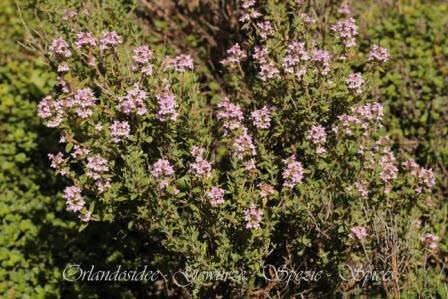Thyme – Thymus vulgaris from Crete
Wild thyme (Thymus vulgaris) grows on the rocky hills of Crete. This Mediterranean herb belongs to the Lamiaceae family and reaches a height of up to 30 cm. It produces oval-shaped leaves and pink to purple flowers. Its aromatic presence can be found throughout the island’s coastal regions.
Origin and History of Thyme
The name "thyme" originates from the Greek word thymos, often translated as courage or strength. In ancient cultures, the herb was valued for its intense aroma and was used ceremonially. Over time, thyme became a common ingredient in European and Mediterranean kitchens.
Flavor Profile of Thyme
Thyme has a warm, earthy fragrance with spicy, slightly bitter undertones. Its flavor includes subtle hints of camphor and clove, making it a bold addition to many dishes.
Culinary Use of Thymus vulgaris
Thyme is widely used across Europe. It enhances herb butters, salads, soups, egg dishes, marinades, and tomato-based recipes. It complements roasted vegetables such as carrots and eggplants, as well as meats like duck, liver, or red-wine braised cuts.
Thyme is an essential ingredient in many French stews and also appears in global spice blends like African Rub, Cajun, Carioca, Creole, and Mexican Rub Churrasco.
Herbs and Spices That Pair Well with Thyme
Thyme enhances the flavors of other herbs when used in moderation. It pairs well with:
Usage Tip
Thyme is an intense herb, and a small amount goes a long way. Dried thyme is more concentrated than fresh, and it releases its full flavor during cooking.
How to Store Herbs and Spices
Store herbs and spices in airtight containers placed in a cool, dry, and dark environment to preserve their quality and aroma.
What Does Fresh Thyme Look Like?
